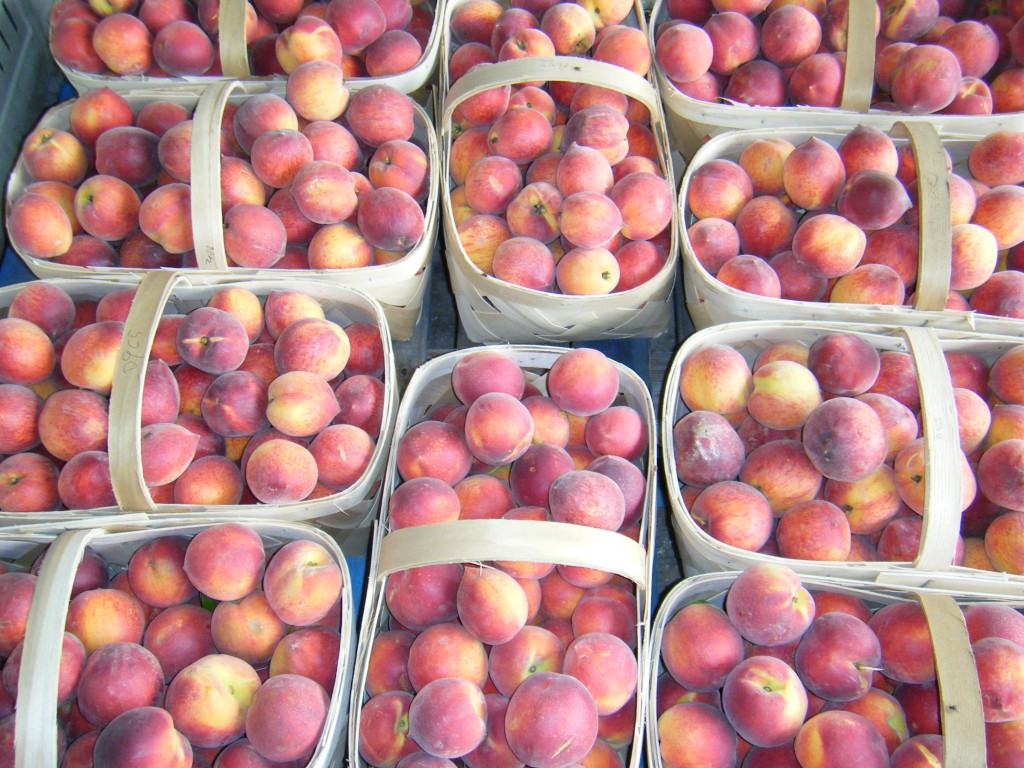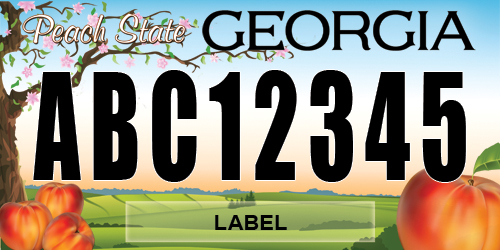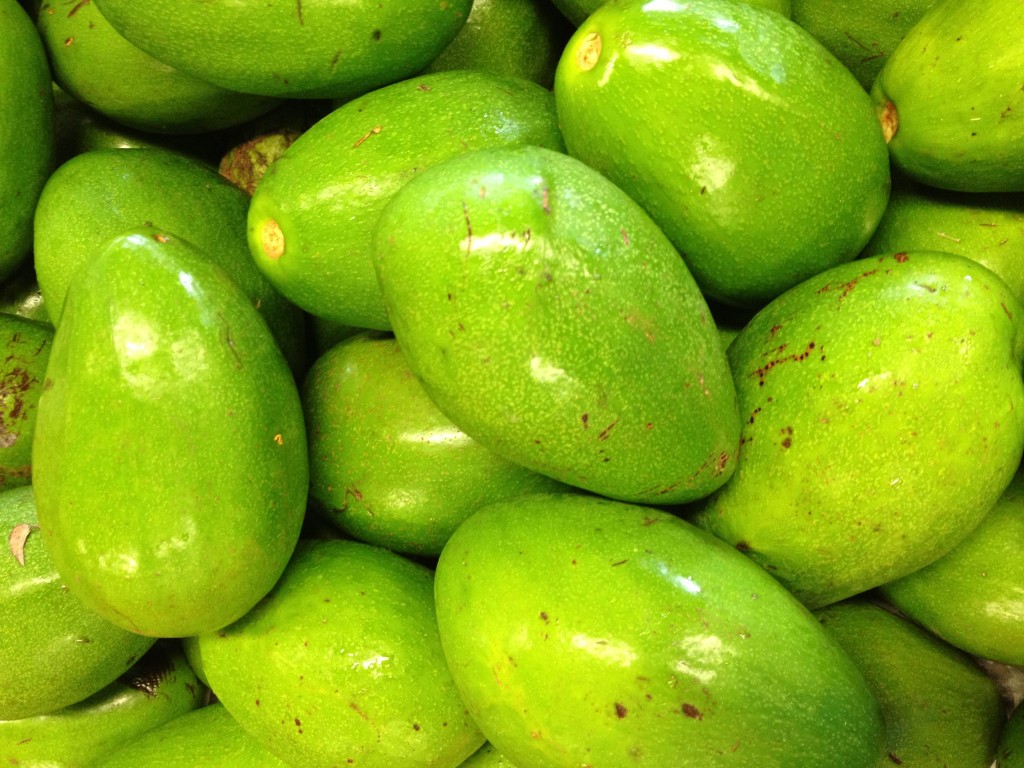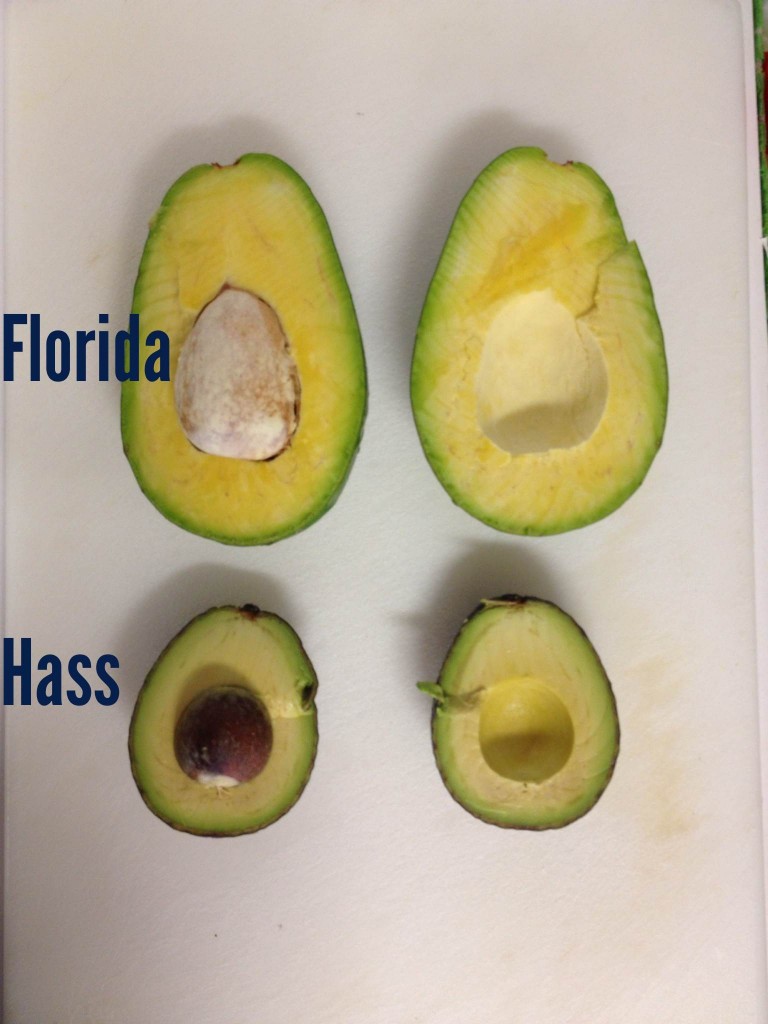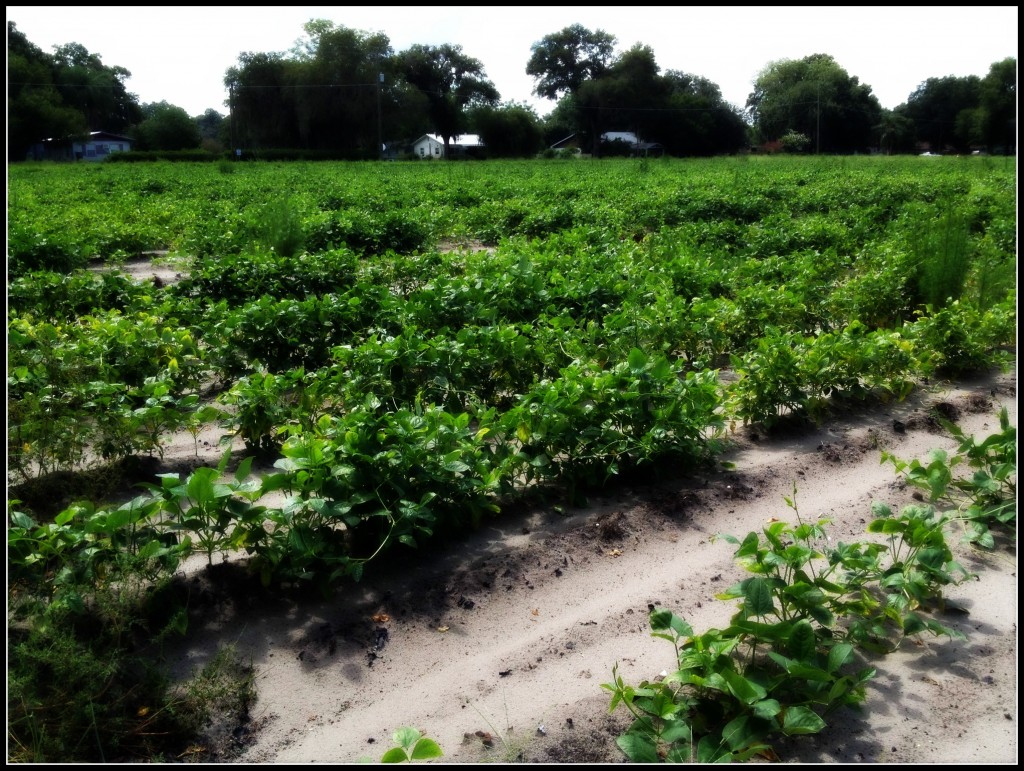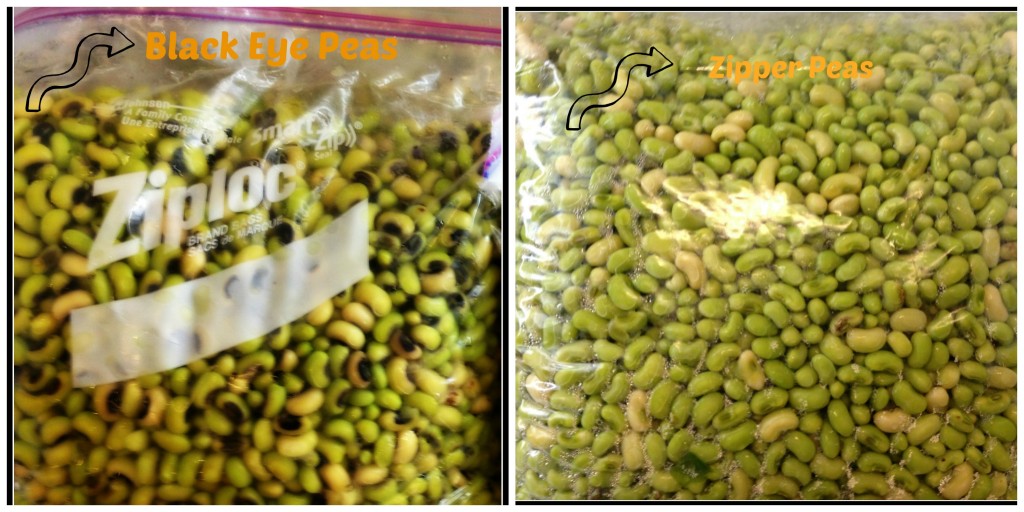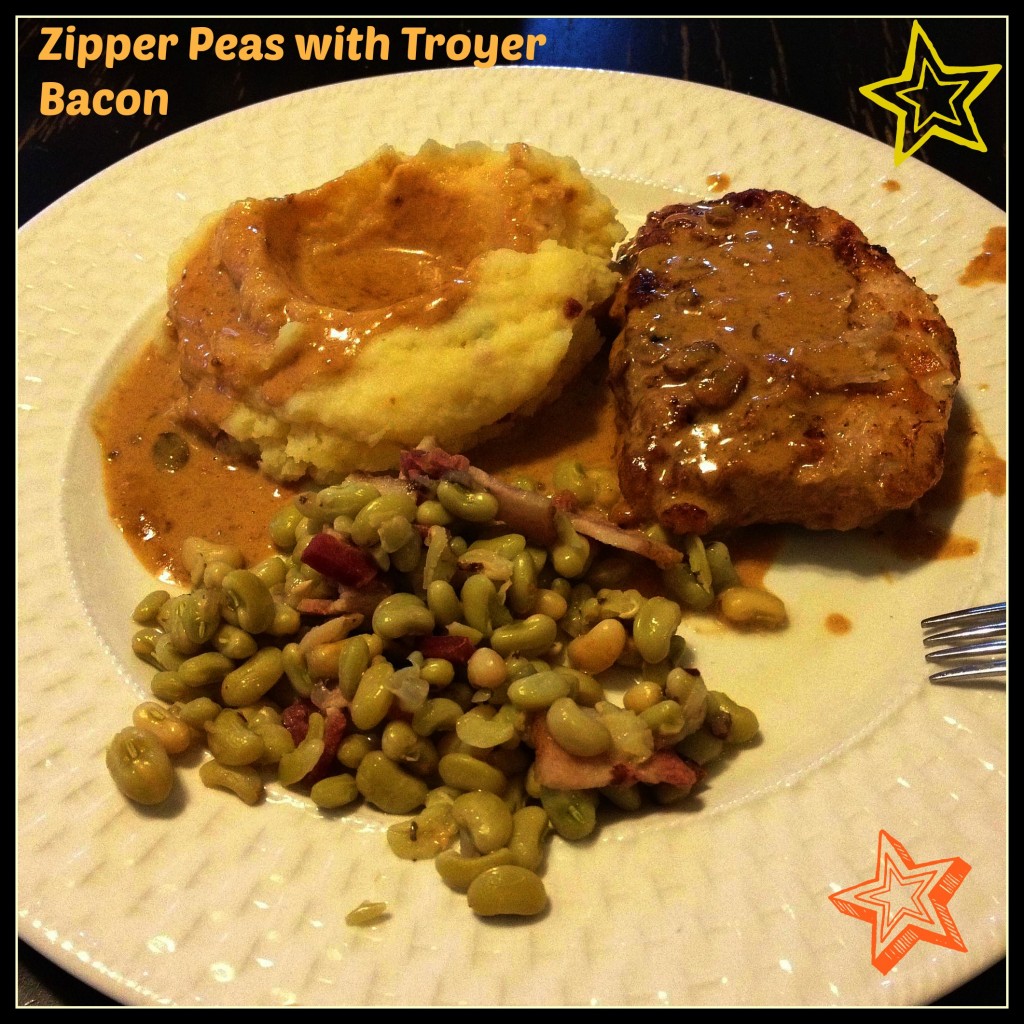Earlier this spring I had Florida peaches for the first time. They were smaller in size than a South Carolina or Georgia peach, but what it lacked in size, it surely made up in flavor. Florida peaches are only available for a short period of time right before the Georgia and South Carolina harvest. Interestingly enough, peaches were originally planted in St. Augustine, FL before Franciscan monks introduced them to the South Georgia coast in 1571. Peaches were then discovered in South Carolina as early as 1700.
Currently, both Georgia and South Carolina are big peach producers. Both states produce over 40 different varieties including “clinging” and “freestone” types. Most people recognize peaches as the official state fruit of Georgia. However, South Carolina is known as the “tastier peach state”.
You’ll be glad to know the peak of peach season is mid June to end of July. At our market, we shop for our peaches daily. That’s why some days we’ll have Georgia peaches an another day we have South Carolina ones. We shop for the freshest and sweetest peaches available. Did you know during the summer months we make a peach milkshake? They are made just like our strawberry milkshake with tons of fruit.
Helpful Tips
- There’s about 3 to 4 medium peaches per pound. One pound makes about 2 1/2 cups of sliced or chopped peaches.
- Ripe peaches should be stored in the refrigerator in a plastic bag for up to 5 days.
- To peel peaches, dip them cut into halves in boiling water for 30 seconds. Remove the peaches with a spoon and dip in cold water.
- Leave peaches on the counter until they are ripe. Then you may refrigerate them if you are not ready to eat them.
Recipes

